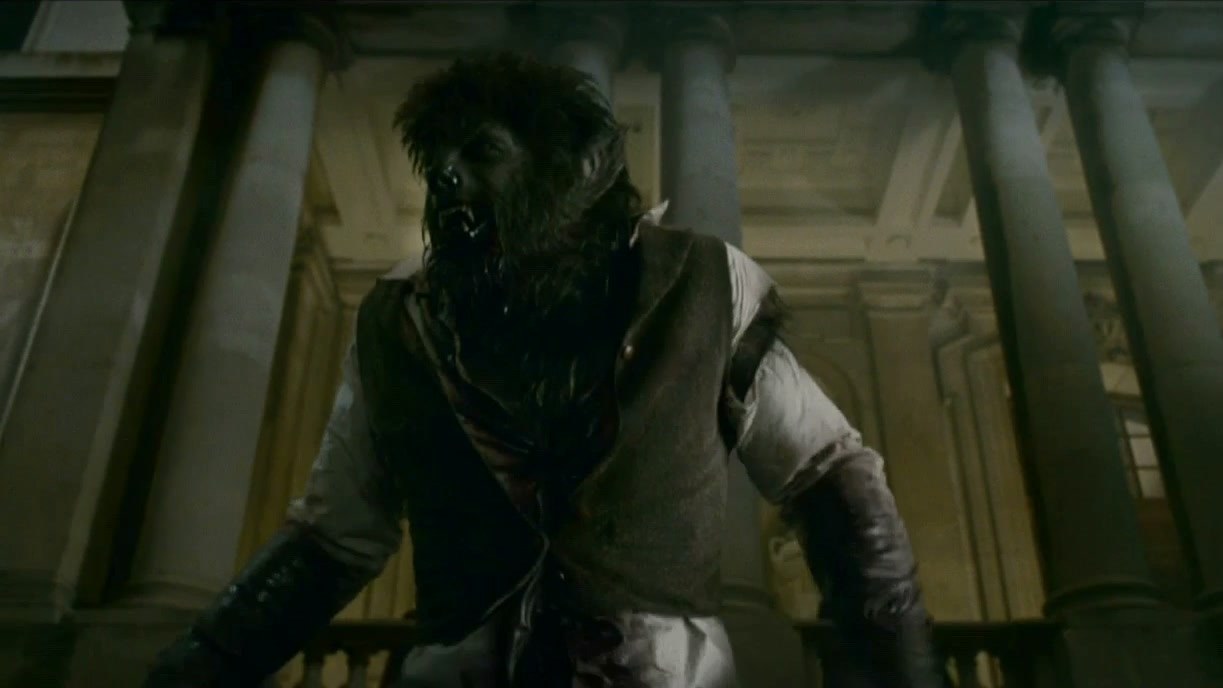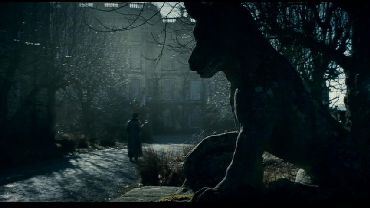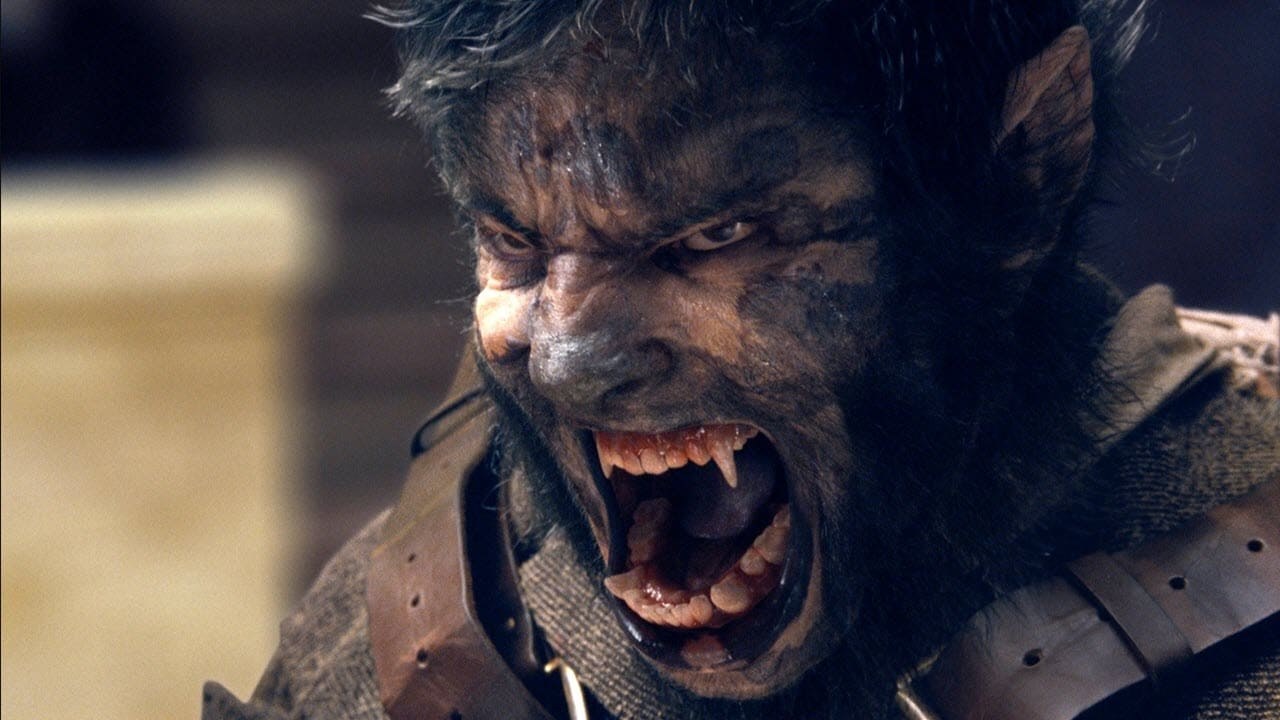The Wolfman (2010) is a horror film directed by Joe Johnston, which serves as a remake of the 1941 classic The Wolf Man.

Plot Summary:
The Wolfman (2010) is a gothic horror film that reimagines the classic tale of lycanthropy, staying true to its roots while infusing modern elements of horror and special effects.
Set in the late 19th century, the film follows Lawrence Talbot (Benicio del Toro), a troubled actor who returns to his ancestral home in the village of Blackmoor after learning of his brother Ben’s mysterious disappearance. Upon arriving, Lawrence reunites with his estranged father, Sir John Talbot (Anthony Hopkins), and Ben’s fiancée, Gwen Conliffe (Emily Blunt). The reunion is far from warm, as Lawrence uncovers dark secrets and feels the growing tension in the eerie, fog-laden village.

The village is plagued by brutal killings that are believed to be the work of a wild animal. Lawrence begins to investigate his brother’s death, despite the villagers’ superstitions and warnings. His search leads him to a gypsy camp, where he encounters a terrifying creature that attacks and bites him. The villagers, including the skeptical but determined Inspector Abberline (Hugo Weaving), believe Lawrence is cursed and blame him for the recent murders.
As the full moon approaches, Lawrence undergoes a horrifying transformation into a werewolf, driven by primal urges and uncontrollable rage. The film delves into his struggle with the curse, his attempt to uncover the truth about his family’s dark past, and his growing feelings for Gwen, who tries desperately to save him from his fate.
Sir John Talbot’s role in the family curse is revealed, adding a layer of psychological horror to the film. The climax builds to a dramatic confrontation between father and son, where Lawrence must confront both the monster within himself and the dark legacy of his family.

Themes and Style:
The Wolfman (2010) is steeped in gothic atmosphere, with its moody visuals, foggy landscapes, and crumbling Victorian mansions that evoke the classic horror films of the early 20th century. The film explores themes of identity, the duality of human nature, and the inescapable pull of one’s darker instincts. The transformation scenes are intense and visceral, showcasing the anguish and terror of Lawrence’s curse.
Joe Johnston’s direction blends the traditional horror elements with modern filmmaking techniques, creating a film that is both a homage to the original 1941 classic and a standalone piece of gothic horror. The film’s special effects, particularly the werewolf transformations, were highly praised for their realism and brutality, capturing the terrifying essence of lycanthropy.
C

ast and Performances:
- Benicio del Toro delivers a haunting performance as Lawrence Talbot, capturing the character’s tortured soul and internal struggle with the curse that consumes him.
- Anthony Hopkins portrays Sir John Talbot with a chilling detachment, adding a sense of mystery and menace to the film.
- Emily Blunt brings emotional depth to Gwen Conliffe, whose love for Lawrence drives her to seek a way to break his curse.
- Hugo Weaving adds a touch of Victorian-era detective noir as Inspector Abberline, bringing skepticism and a sense of moral authority to the story.

Reception:
The Wolfman received mixed reviews from critics, with praise for its atmosphere, special effects, and performances, particularly del Toro’s and Hopkins’. However, it faced criticism for its pacing and deviations from the original film’s storyline. Despite this, it has gained a cult following among fans of gothic horror and werewolf lore.
Conclusion:
The Wolfman (2010) stands as a visually striking and atmospheric remake of the 1941 horror classic. With its strong performances, dark themes, and impressive special effects, the film offers a modern take on the timeless legend of the werewolf, making it a notable entry in the genre of gothic horror cinema.












